Wildflower seeds are very easy to grow, create a stunning display and providing nature with a real boost. Choose to sow individual species separately, mix together to make your very own bespoke mixture or add to our famous wildflower seed mixes.
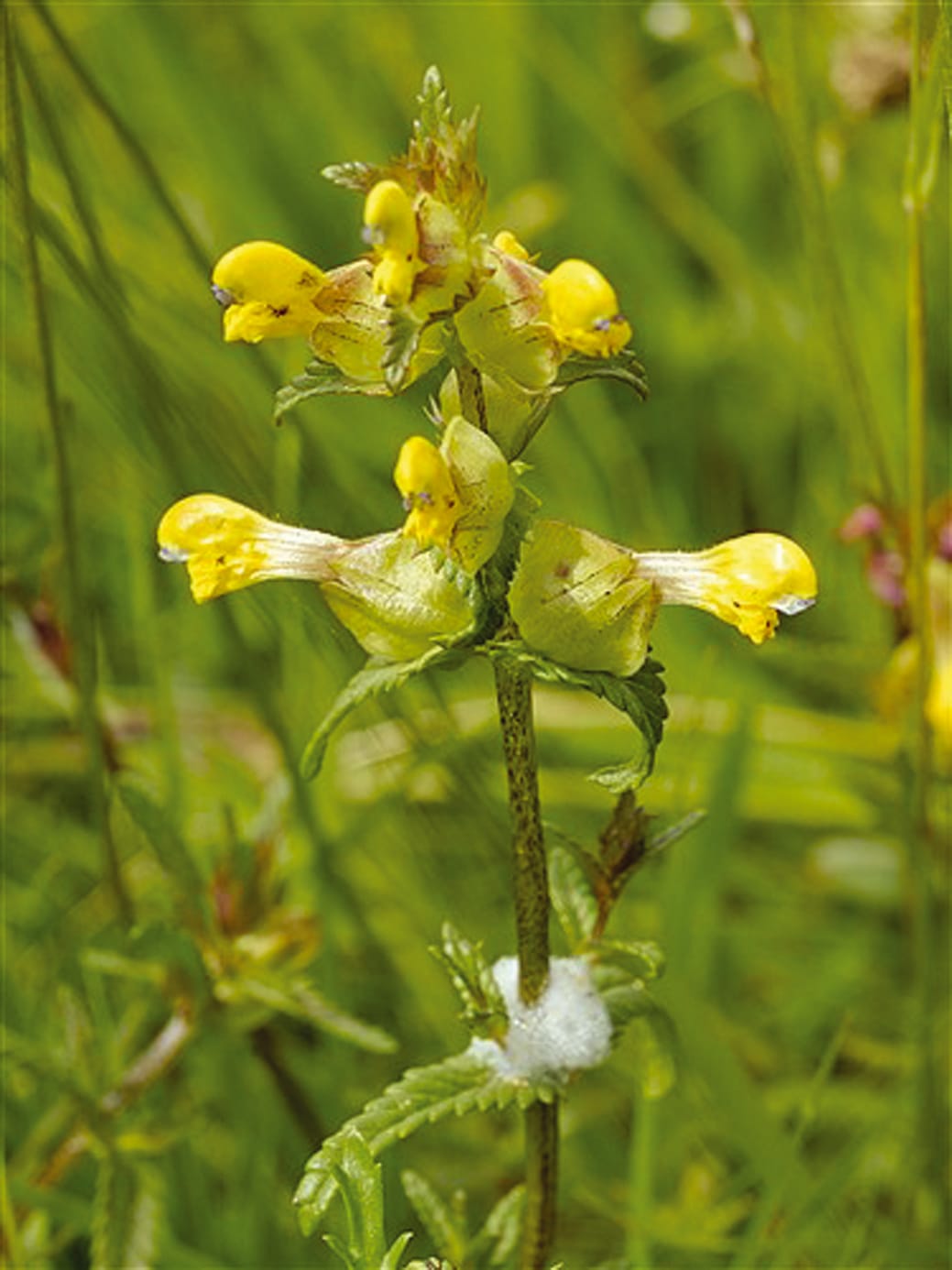
Fresh seed from 2025 harvest available now for next day delivery. Produced from native UK seed and cleaned to an exceptionally high-standard of purity and germination. Order yours today ready to sow this autumn.
Yellow rattle seed is a vital addition to any wildflower meadow. By attaching itself to the roots of grass species and slowing its growth, it creates space for a wide range of wildflowe...
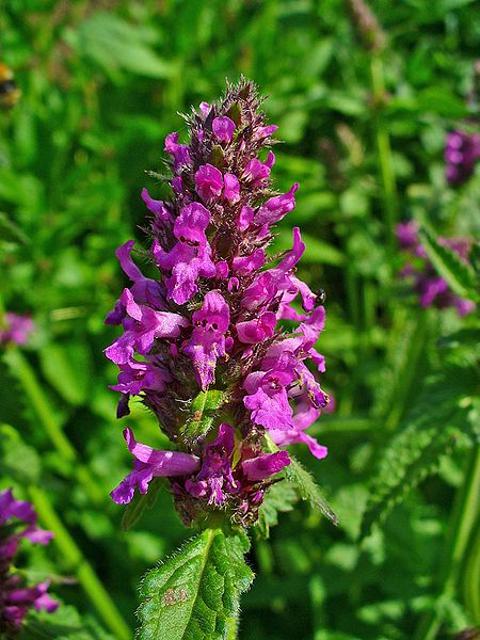
Attractive leaves and many stems smothered in brilliant reddish-purple flowers, adored by bees and butterflies. Commonly found in grassy meadows and river banks, this perennial wildflower will grow in any light.
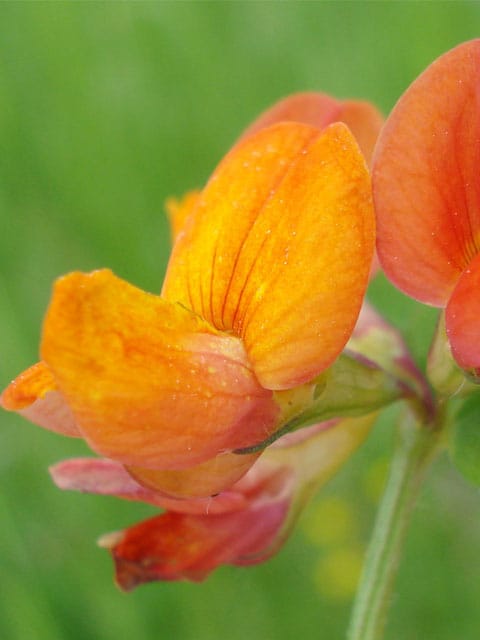
A common creeping native wildflower perennial of dry grassland and roadside, with bright yellow flowers, often streaked with red. The cluster of long seed pods looks like a bird's foot. An excellent provider of nectar and a caterpillar food plant for the Common Blue, Dingy Skipper and Clouded yellow butterflies.
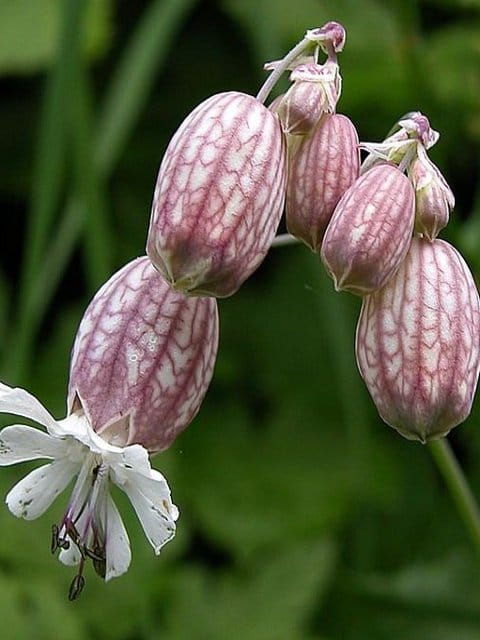
A native perennial wildflower found in grassland and roadside verges, especially on well-drained soils. A pleasant clove-like aroma is emitted from the small white flowers held above waxy grey/green foliage from May to August. A nectar flower plant for butterflies suited to rock gardens and grassy banks.
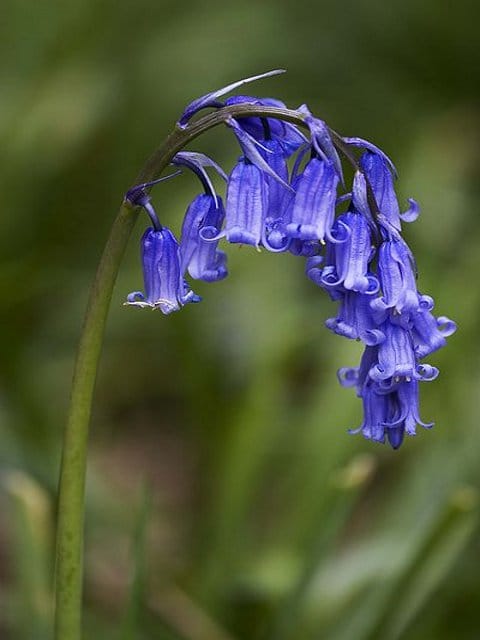
Characteristic blue nodding, UK native perennial wildflower commonly found in woods and shady places. Striking flowers that will produce an attractive habitat for butterflies, bees, birds and other wildlife whilst giving off a sweet scent. Seed can take a number of years to flower.
This item is currently unavailable
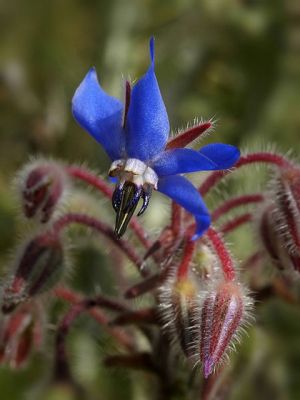
Borage is a strong, medium-height wildflower with bright blue flowers that attract masses of beneficial pollinators and insects. Commonly found in forest verges and natural meadows, Borage is an easy-to-grow annual.
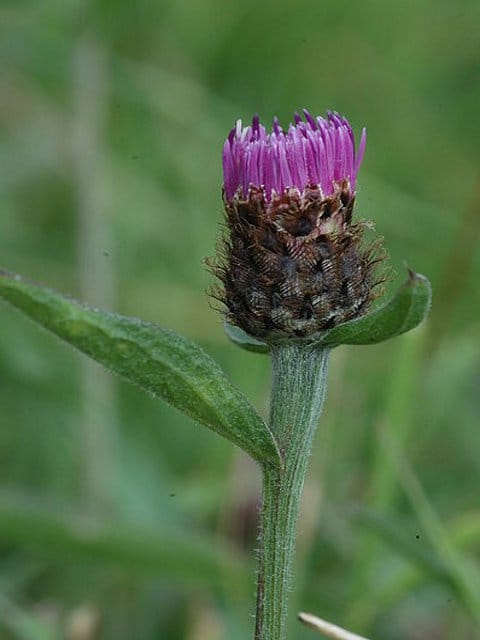
Common knapweed or hardheads is a colourful meadow plant of the thistle family. Tight purple flowers, with lance-shaped leaves. Forms dense clumps over time, ideal for sunny meadows and hedgebanks.
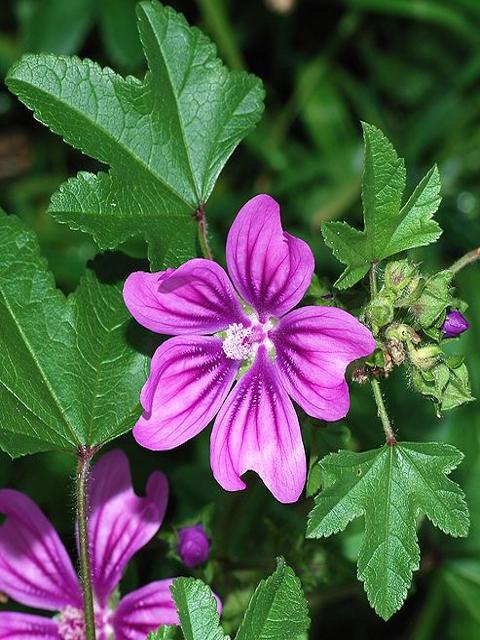
Large resilient bushy perennial wildflower plant, favouring sunny open areas. With ivy-shaped leaves, and dark pink flowers. Well placed at the back of borders but adaptable to many diverse habitats.
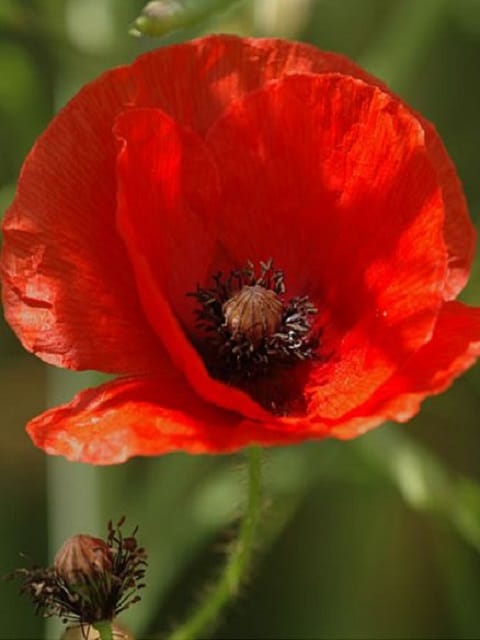
Evocative red annual, short to medium height, a lover of disturbed ground and agricultural soils if given a chance to flower. Replenishes its bright vermilion petals each day. Proving season after season to be one of our most loved, attractive prominent wildflower. Ideally requires a frost or chilling to help germination.
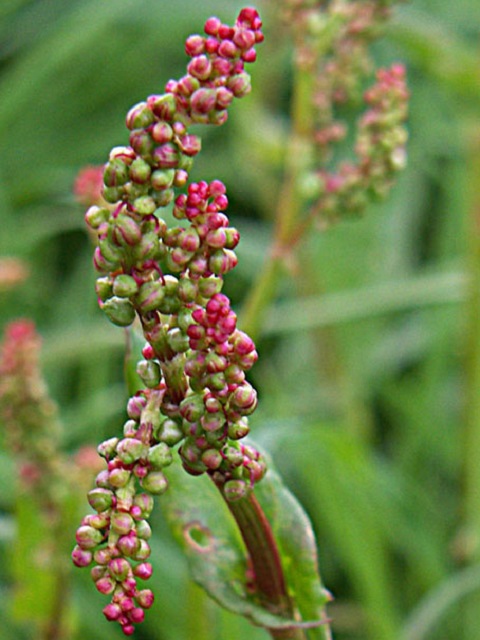
This perennial wildflower is extremely generous and is fantastic at self-seeding. With its reddish-pink flower spikes and arrow-shaped leaves that then turn crimson, Common Sorrel is a basic component of meadows.
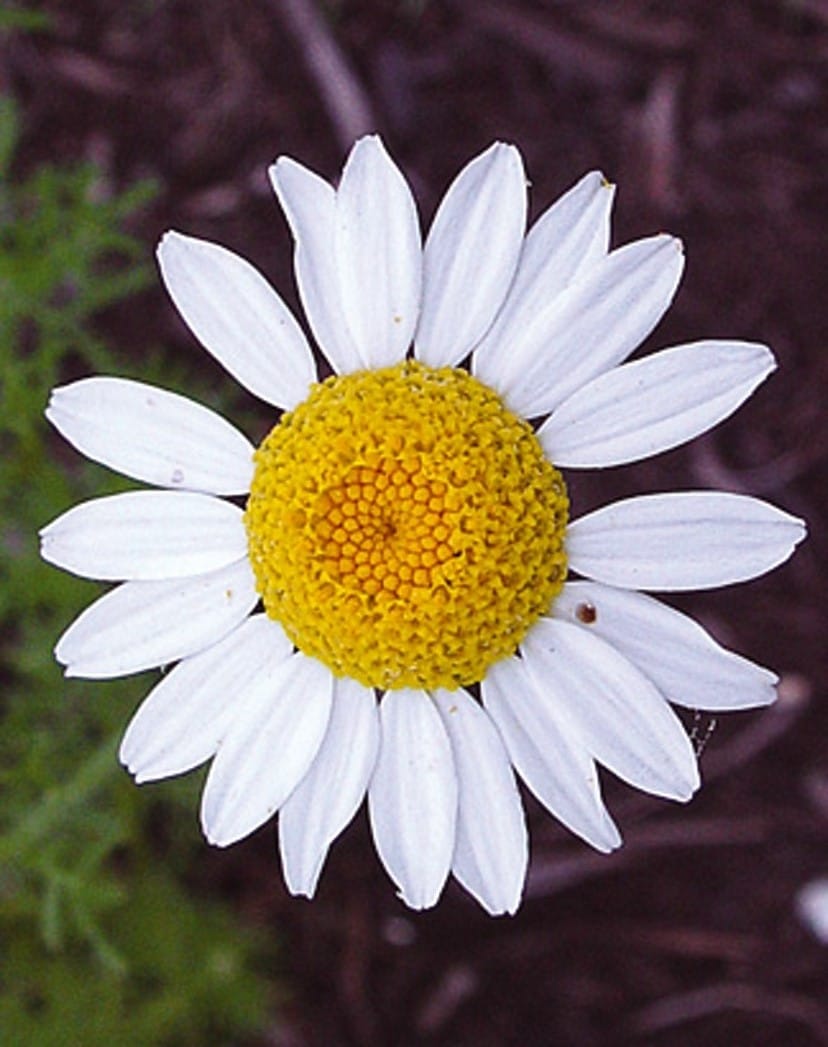
The delightful white daisy flowers of this annual wildflower were once a common sight in cornfields. It is now much rarer due to the widespread use of selective herbicides. It has a compact upright habit, ideal for use on borders that will leave a strong, sweet scent similar to apples.
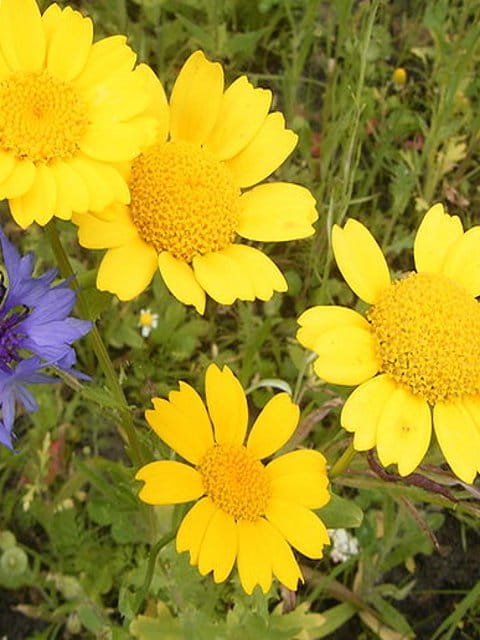
Glorious annual wildflower seeds are very like a single Chrysanthemum. A fitting addition to beds and borders giving an understated delicious fragrance and can be used as cut flowers. Prolific in its production of wildflowers.
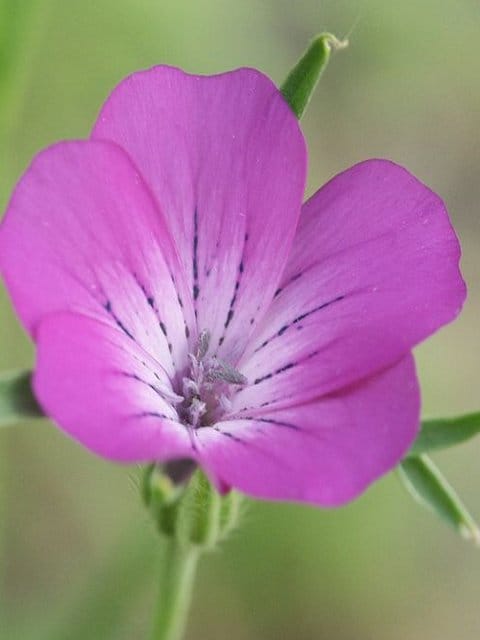
Once common in the cornfields of England, this wildflower has reddish-purple and solitary with undivided petals on a tall, furry stem. This wildflower seeds itself very prolifically and is related to other campions.
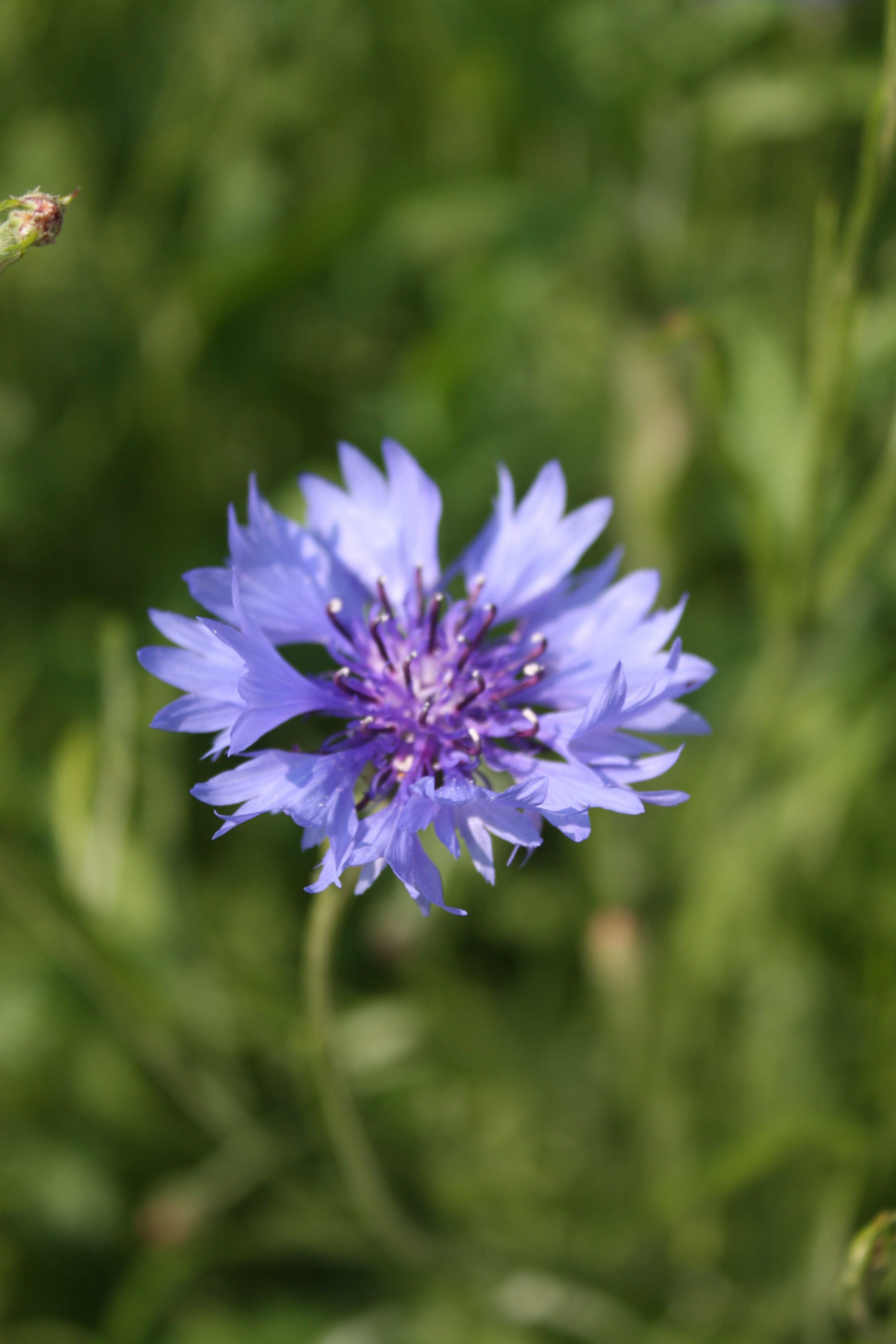
A once common annual weed of cornfields and waste places, now rarely seen. Bright blue wildflowers are produced on tall wiry stems with narrow leaves from June to August. Its fluffy formation is highly attractive to bees, butterflies and other pollinators.

A tall, native biennial or perennial wildflower, common in hedgerows and roadsides. Also known as "Queen Annes Lace", the fluffy white flowers are the earliest flowering of the common hedge bank parsleys.
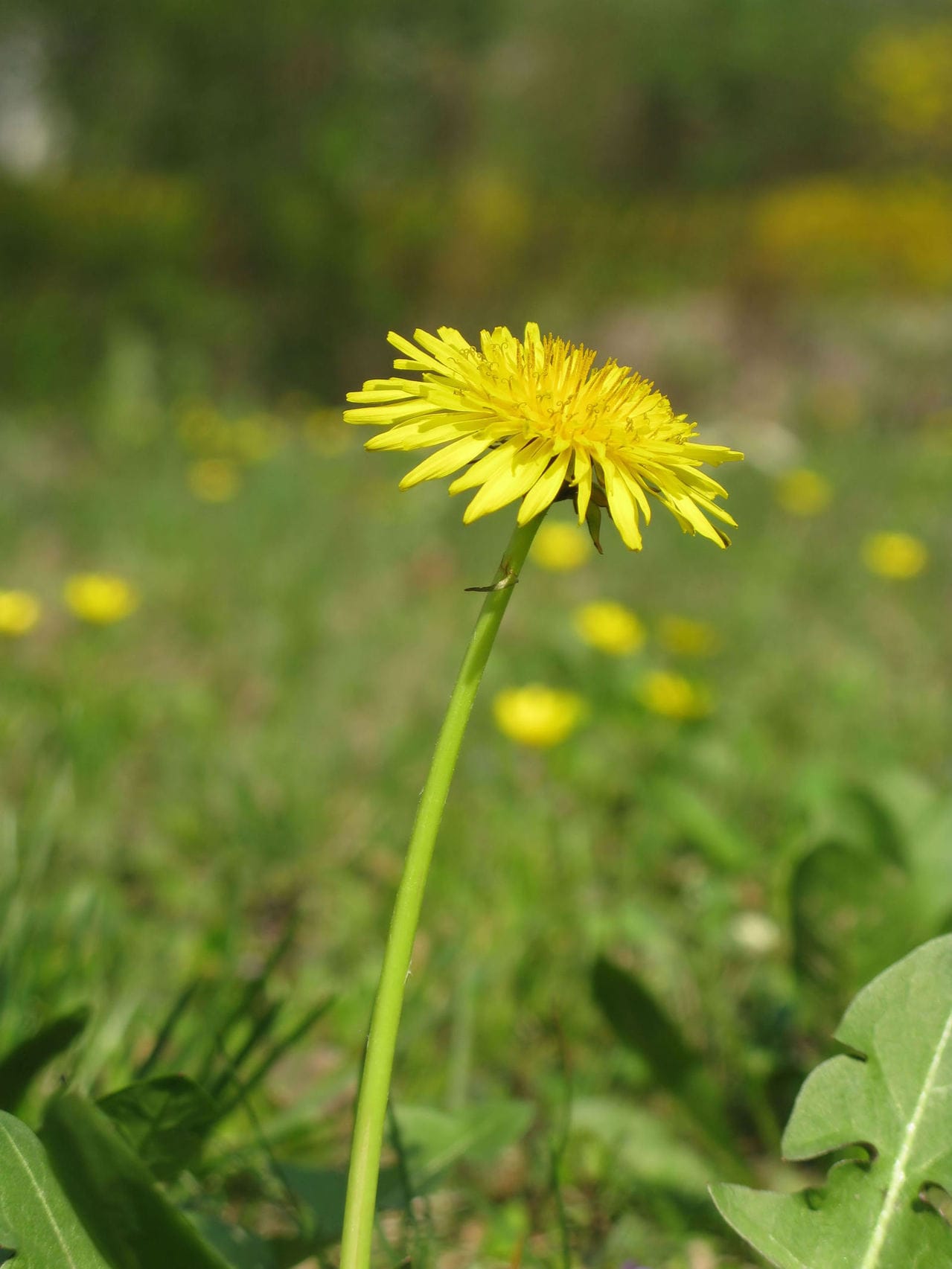
A very common perennial, found in rich meadows. Creating a golden blaze of colour in May meadows and banks. Flowers composed of bright yellow ray-florets.
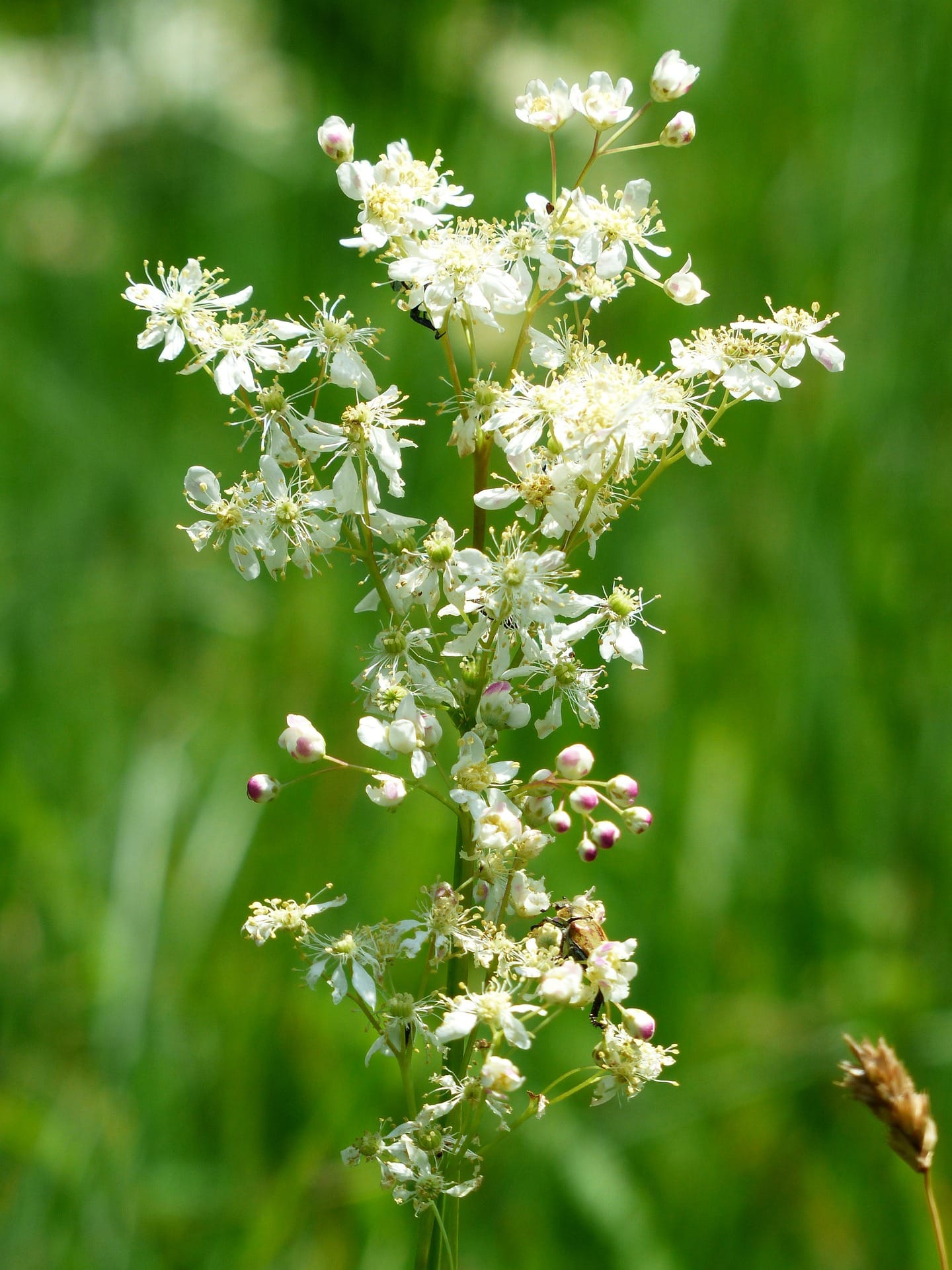
A perennial with fern-like leaves and foamy cream flowers opening from pink buds. Commonly found in woodland verges and damp meadows, this unique wildflower portrays a strong scent to attract a multitude of beneficial pollinators and insects.
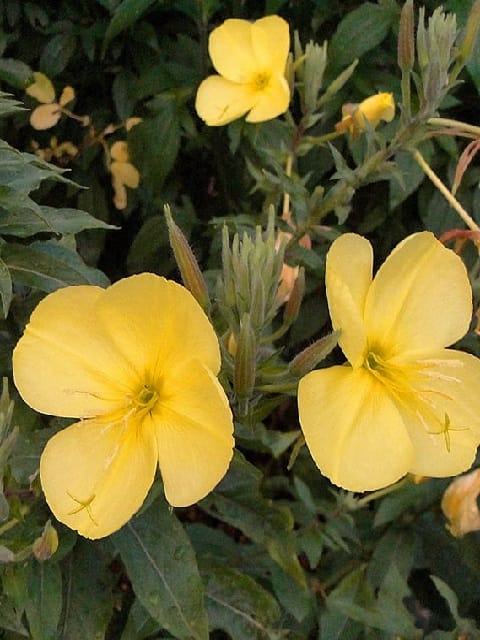
A tall, bright yellow annual or biennial widely naturalised in coastal areas and beside railway lines. Originally from North America, its oil is used in various herbal remedies. The flowers open in the evening and are visited by a large number of Moth species.
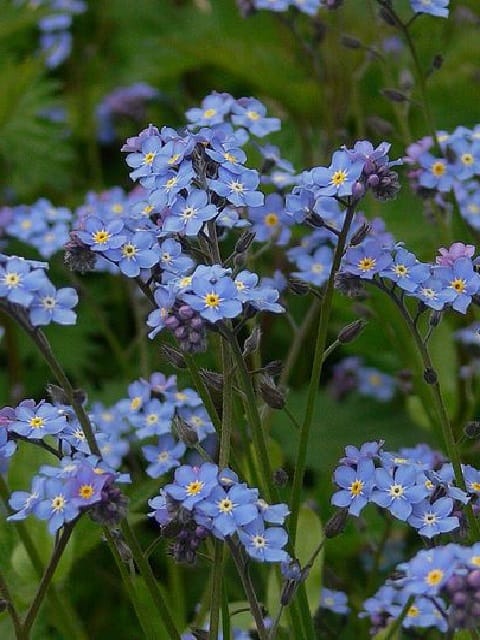
Tiny blue flowers that are perfect for attracting beneficial pollinators and insects. Easy to self-seed, this species will provide colour and essential pollen and nectar for years to come.

A tall native perennial with hairy stems found in grasslands across Britain. An individual plant can have as many as 50 purplish-blue flowers on it at a time. It is very attractive to butterflies.
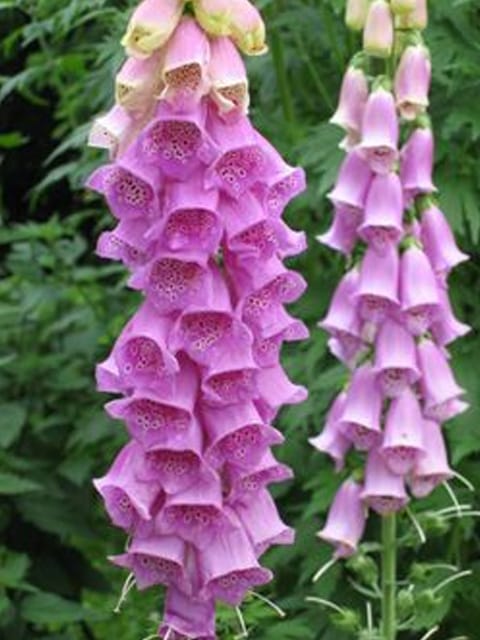
A native biennial occasionally perennial, common in woodland leering, hedgerows and heaths. Foxglove has tall spikes of pinkish-purple bell-shaped flowers. The flowers are pollinated by bumblebees.
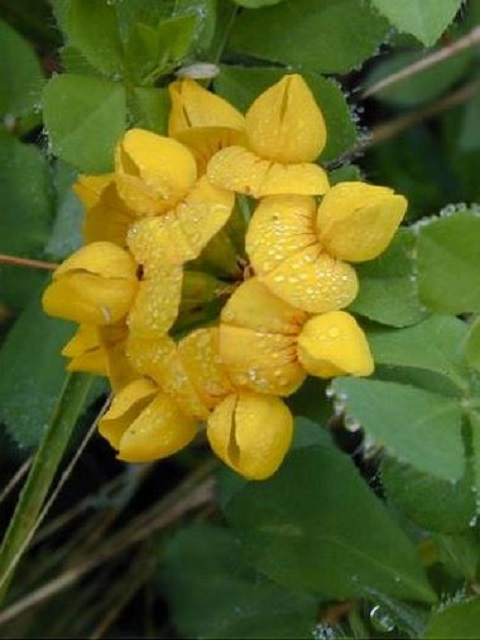
Yellow flowering perennial with a larger head than common birdsfoot trefoil.
Height: 30cm
Flowers: June-August
Requires: Moist
Seeds per gram: 2000
Sowing Rate: 3g/sqm
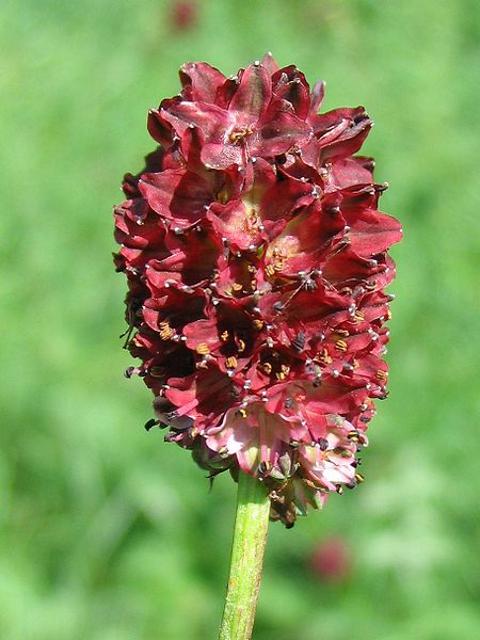
A handsome, tall, native perennial wildflower plant which grows in damp meadows and road verges. The blood-red flowers produce abundant nectar to attract insects to aid pollination.

A native herbaceous biennial found on waste ground and in grassy places, mainly on sandy or chalky soil. It forms a rosette of whitish felt-like leaves with a tall spike of yellow flowers which are very attractive to bees and a food source for the caterpillar of the mullein moth.
Good for: Bees and food for the caterpillar of the mullein moth
Height: 30-200cm (1-6ft)
Prefers: Sun or part...
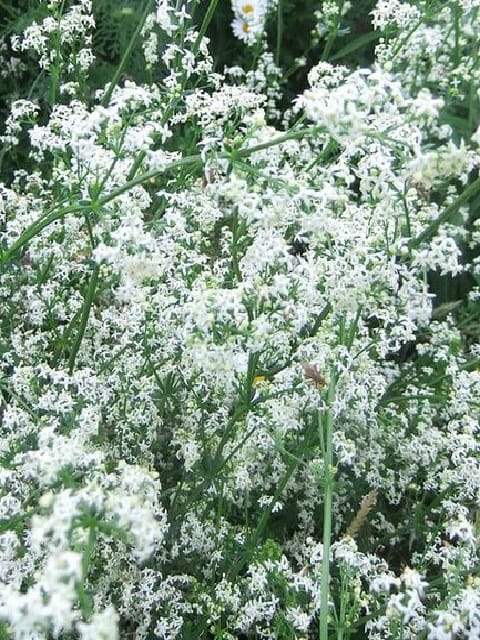
A common perennial with tall white spikes of tiny star-like flowers that attract butterflies and moths. It is also a popular larval food source for a number of moth species. This flower is often seen climbing up hedges and shrubs.
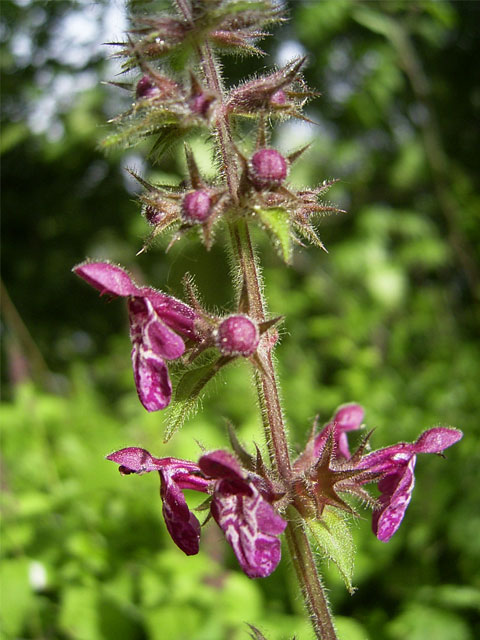
Common throughout the British Isles except for the Scottish Highlands, this hairy spreading perennial has dark red flowers which can be found in hedges, woodlands and shaded gardens. This wildflower is exceptionally helpful in attracting bees to the shaded space.
This item is currently unavailable
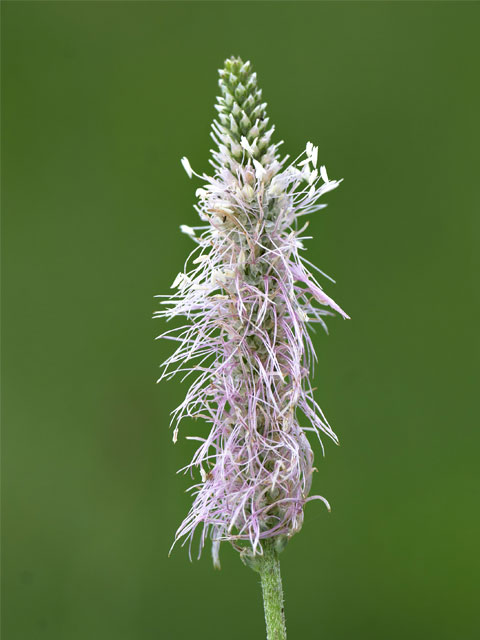
Unlike other Plantains, Hoary Plantain produces a pinky-white flower with a delicate scent. It is a perennial found in chalk grassland and lime-rich meadows.
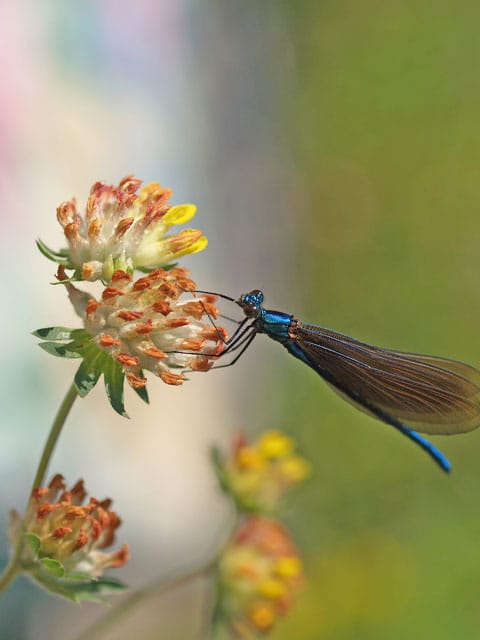
A scrambling biennial found in dry grassland often by the sea. The unusual yellow woolly flowers attract a multitude of butterflies and bees and it is the larval food plant for the Small Blue Butterfly.
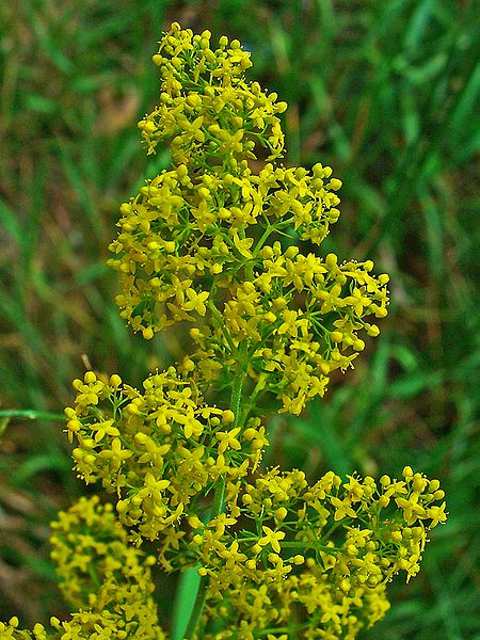
Beautiful yellow flowers found in clumps on the sides of country roads. Very common perennial found in sandy soils. Dried seed heads with their recognizable scent are useful for flower arranging. Widely used in days gone by to curdle milk for cheese making.

The most majestic of the three common Buttercup species native to Britain. Its pale yellow flowers are a familiar sight in traditional meadows and grasslands on damp soils. There is a species of Solitary Bee, which uses the flowers to sleep in.

Landlife Wildflowers grow and supply high-quality, native wildflower products, restoring wildflowers right across the UK. Working in conjunction with wildlife charity, Buglife, we’re bringing back Britain’s treasured wildflowers! Find out more about why we’ve been trusted by the general public, Natural England and The National Trust for over twenty years.

We’re proud to supply only the highest-quality, native wildflower products - tried, tested and refined by us for two decades to ensure each and every customer is delighted with their purchase. Find out more about our commitment to the supply of native, provenance-assured wildflower products to restore Britain’s natural wildflower habitats for bees, butterflies, birds and wildlife.

If you have any questions or would like to get in touch, our team of wildflower experts are on hand to guide you every step of the way. We love talking about wildflowers and the quality of our products, and are pleased to help with any enquiry, including how to establish wildflowers, product recommendations and even creating custom mixtures for specific projects.